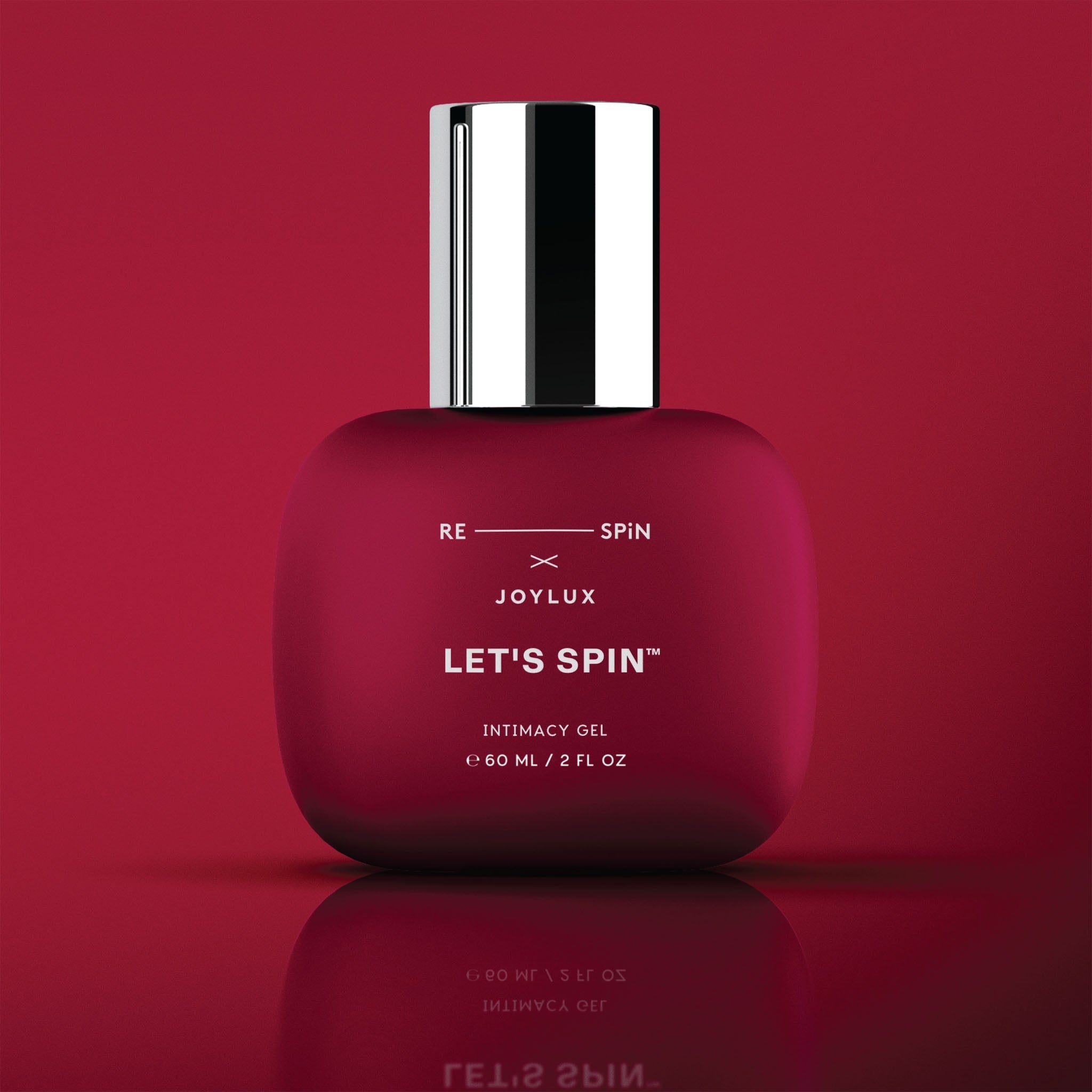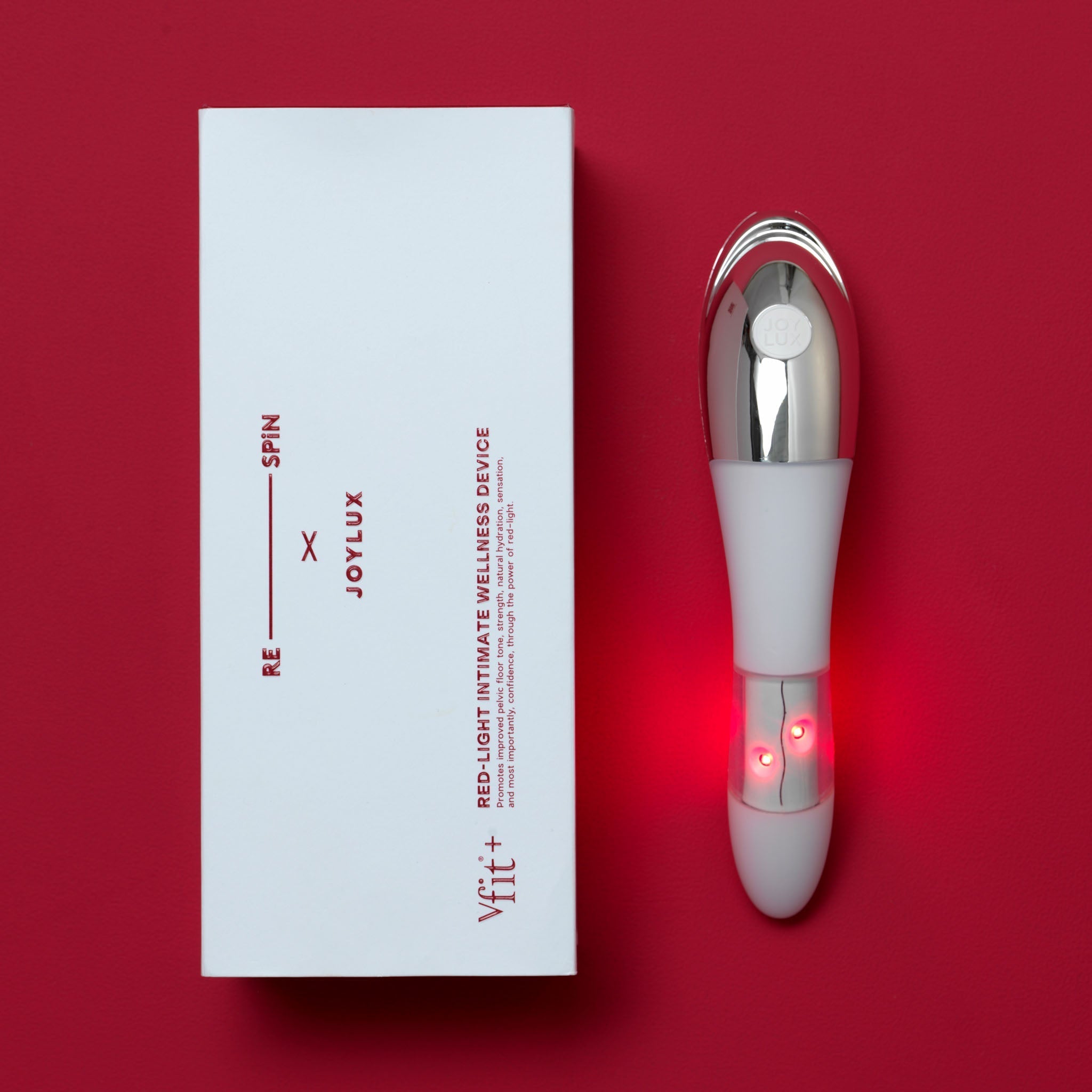Praise for Respin Reset
Our signature menopause symptom care program designed to help you feel better, faster, via science-backed strategies, expert coaching, and always-on community support. Learn more at Respin Health.
AS SEEN IN
How can we help?
Answer 4 quick questions to find out which Respin is right for your stage, symptoms, and goals.
RESPIN x JOYLUX
Shop our exclusive (and often sold out!) collabs in the Respin Shop.
Next up in Inner Circle
Our live, virtual programming drops weekly for all members — and IRL events are on the way! RSVP using the links below.

Real Talk: Mothering Through Menopause with Halle Berry
Thursday, 5/8 at 12pm PT
Join Halle Berry and the Respin Head Coaches for a candid, heart-centered conversation about what it means to mother through menopause.
Public RSVP
AMA: Curious about Hormone Therapy?
Thursday, 5/15 at 1pm PT
Curious about hormone therapy but not sure where to turn for clear, trustworthy answers? Join Respin’s Education Lead, Nurse Jill Chmielewski, for an interactive AMA (ask me anything) all about hormone therapy.
Member RSVP
Fascia Reset: For Pelvic Floor
Monday, 5/19 at 12pm PT
Support from the inside out. In this intelligent release flow, we work around—not on—the pelvic floor to help release tension patterns in the hips, inner thighs, low belly, and tailbone. Great for anyone feeling disconnected, tight, or overly clenched.
Member RSVP
Fascia Reset: For Bloat
Tuesday, 5/27 at 3pm PT
Unstick what's stuck. This fascia release series gently targets the abdominal wall, diaphragm, and hips to support digestion, circulation, and lymphatic flow. It’s not about fixing—it’s about creating space for your gut to breathe and move better.
Member RSVP
Out with Criticism, In with Confidence: A Spring Cleaning Event
Tuesday, 6/3 at 1pm PT
Summer is around the corner — more sunshine, more adventures, and way less space for old clutter. Join Head Coach Maria for an interactive session where we’ll ditch the clothes that make you sigh, the criticism that drags you down, and the beliefs that no longer fit.
Member RSVP

























